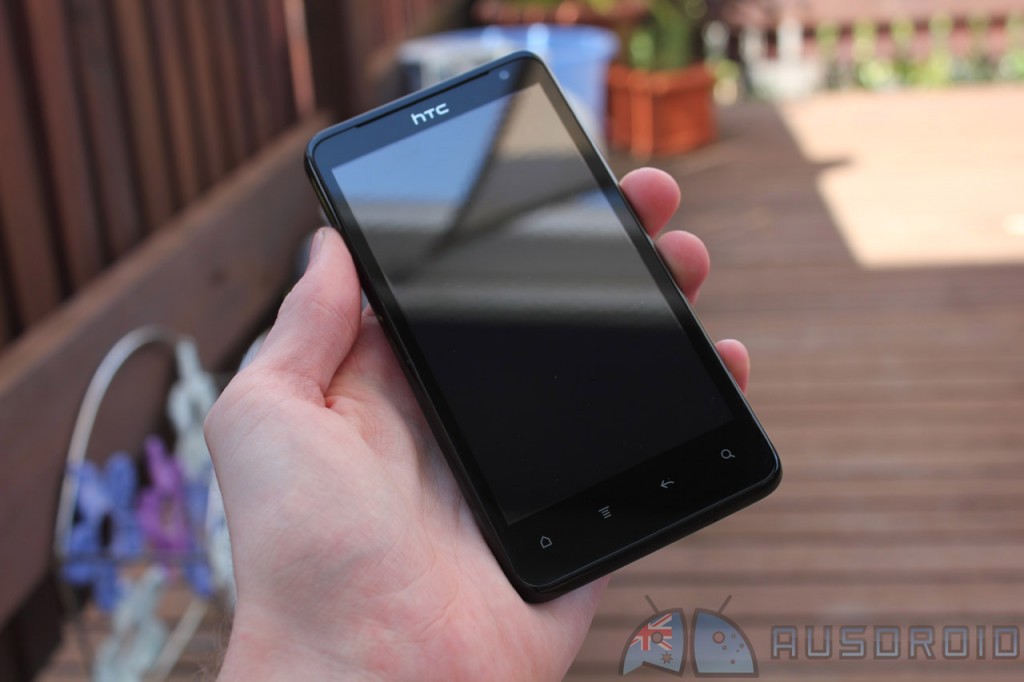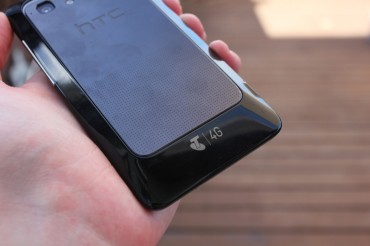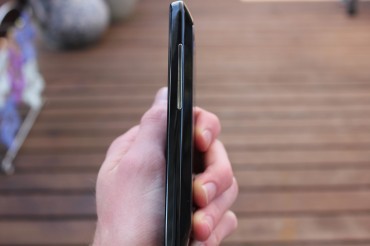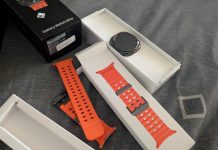
Telstra’s first shot at a 4G smartphone, but it is really worth it?
Telstra have been marketing their new 4G network like it’s the greatest thing since sliced bread, and to some of us it really is. 4G brings a whole new level of wireless data speeds — we’ve seen up to and beyond 35Mbps down and 15Mbps up. While Telstra have been selling 4G modems for a few months now, they’ve only recently announced this, the HTC Velocity 4G, as their first 4G smartphone available to consumers. It’s also important to us, because it runs our favourite OS, Android.
The Velocity 4G doesn’t really push the envelope in regards to specs, because it doesn’t need to, it just needs to have 4G. The 4.5-inch qHD (that’s 960×540) display, 1.5GHz dual-core CPU and 8MP camera are all nice inclusions to the Velocity, but there’s nothing amazing about them. What does matter is the inclusion of that 4G modem along with a dual-channel 3G modem which allows you to download over 3G at around twice the normal speed — we saw 15Mbps down and 3Mbps up regularly. The downsize (at least for now) is the chunkiness of the device to house that 4G LTE modem and the battery to power it.
- 4G — I mean, really.
- Suprisingly clear and crisp display with great colour production
- Great voice call quality (thanks to Telstra’s HD Voice)
- Battery life is sucked away when using 4G
- Quite a heavy device to hold
- Sense UI & still running Gingerbread
The inclusion of that dual-channel 3G modem is probably the best part (if only surpassed by the 4G modem) of the Velocity 4G. It basically allows you to transfer double the normal 3G data speeds which means more data can be transferred quicker. My Galaxy S II normally scores around 7Mbps / 1Mbps, whereas the Velocity 4G was regularly hitting 15Mbps / 3Mbps. So even if you don’t live in a 4G capable area (5KM from CDBs and major regional areas) you can still get relatively fast speeds.
4G speeds are phenomenal, at least in comparison to what we’ve been used to with 3G for so long. We tested the device in both Melbourne and Brisbane and found speeds were hovering around 20mbps / 8Mbps with really low pings <30ms. Speaker quality is far better than that of the Galaxy Nexus and call quality is also great, especially when you're calling someone else who has a HD Voice capable device. The 8MP and 1.3MP cameras aren't mind-blowing, but when it comes to smartphone cameras, nothing is. You're going to shoot good photos in well lit areas and semi-noisy ones in low-light areas, even with the LED flashing away. 1080p video recording is also pretty good, with noise fairly low and shaking kept at a minimum.
To put it bluntly: battery life is horrid when you’re using 4G for any prolonged period of time. Currently there’s very little that can be done about this because the technology is fairly limited, however, progress is being made to make these power-hungry 4G modems more battery friendly. But when you think that HTC only put a 1620mAh battery in the Velocity 4G, you would think they would have put a little more thought into it.
We also found that the device can get quite warm when using 3G or 4G and extensively using the CPU. While it wasn’t hot enough to not hold onto it any more, it got hot enough for us to really notice it and hold it away from the warm area.
For some reason HTC have decided to make the Velocity 4G quite heavy to hold (at 164g), especially in comparison to lighter high-end devices such as the Galaxy S II (116g) and the Galaxy Nexus (135g), both from Samsung.
The last obvious thing we didn’t like is that HTC insisted on slapping Sense UI atop the previous generation of Android 2.3 Gingerbread. There are certain aspects of Sense UI that even I love, but when it’s also wanting to take the battery out on a date and then leave it high & dry., you tend to get sick of it. To Telstra and HTC’s credit, they are already testing Ice Cream Sandwich (Android 4.0.3) for the Velocity 4G and it’s meant to be the first HTC device on Telstra to be updated.
This video was shot by German tech site. I lost our video + images. Apologies.
[nggallery id=117]
These photos were taken by Raus B. (via Picasa)
The HTC Velocity 4G is available exclusively from Telstra. $0 upfront starts at $69/mo.
Buy it now..
Be sure to check Telstra’s 4G coverage maps before you jump in.
The HTC Velocity 4G isn’t setting any new specs benchmarks, but it will provide you with much faster wireless data speeds if that’s what you’re after. If you live in a rural area where 4G is nowhere to be found and 3G isn’t all that fast, then I certainly don’t recommend this device for you — try something with better battery life!
However, if you’re a city slicker who wants to watch high quality video and listen to streaming music without a hitch, then this is right up your alley, as long as you have your charger within reaching distance when you’re pumping down data via the 4G freeway. You won’t be disappointed.
NB: This is our first review using the new layout (we hope you like it!). More things will be added in future reviews such as spec comparisons to current, similar devices as well as other ideas you guys put forward.







